Disclaimer: Moving Health Care Upstream is a collaborative effort originally co-led by Nemours Children’s Health and the Center for Healthier Children, Families & Communities at the University of California- Los Angeles (UCLA). The views and opinions expressed in this article are those of the author(s) and do not necessarily reflect the official policy or position of Nemours, UCLA or the Moving Health Care Upstream initiative. Additionally, the policy recommendations included in this post reflect the viewpoints of the authors and do not necessarily reflect the viewpoints of others engaged in the development of this report (e.g., interviewees, reviewers).
Nemours Children’s Health and the Elizabeth Dole Foundation are pleased to announce the national release of Caring for Children and Teens in Military Caregiving Families, a continuing education course to increase healthcare providers’ ability to understand and support the unique needs of children in military families.

The three-part training is designed for primary, specialty, and behavioral health care providers and care team members who see children and teens from military and veteran caregiving families. The recommendations offered in the training were informed by more than 200 survey and focus group responses from parents and guardians of children and teens growing up in military caregiving homes as well as the experts featured in the presentation. The course is intended to provide a high-level overview; it is supplemented by a resource document with links for taking a deeper dive into topics addressed in the modules.
The course is available via the continuing education platform of Nemours Children’s Health. As part of Nemours Children’s commitment to creating the healthiest generations of children in our service areas and beyond, the course is nationally available at no cost.
In this video clip, Silvia Lopez, a military caregiving spouse, reflects on the need for healthcare providers to better understand the realities of Hidden Helpers- children of wounded, ill or injured service members or veterans.
Along with Ms. Lopez, the course features spouses and young adults from military caregiving families along with Nemours Children’s psychologists and physicians. We thank them for their participation in this important work on behalf of military/veteran-connected children and families across the nation.
“Nemours Children’s is committed to creating the healthiest generations of children. One way we do this is by developing tools and resources for our colleagues on the front line caring for some of our most vulnerable children,” said R. Lawrence Moss, MD, FACS, FAAP, President and CEO, Nemours Children’s Health. “We are honored to partner with the Elizabeth Dole Foundation to make this training available to clinicians at no cost. Together, we can substantively support our providers in offering even better care to these young families who are defending our nation’s freedom.”
CALL TO ACTION
Partners are encouraged to use the communications/promotion toolkit to help us spread the word. The toolkit contains draft social media posts and email or newsletter content, along with images to include.
BACKGROUND
In November 2021, Nemours Children’s was proud to be the first pediatric health system to join the Hidden Helpers coalition, a joint initiative of the Elizabeth Dole Foundation, Wounded Warrior Project, and Joining Forces (a White House initiative to support military families). The 60+ member organizations in the Hidden Helpers coalition seek to fill gaps in supports and services for “Hidden Helpers”- the 2.3 million U.S. children of wounded, ill or injured service members or veterans, and to increase awareness of their unique needs.
At a White House event, the partners behind the Hidden Helpers coalition announced a series of commitments to address gaps and needs identified in the first major research study focused on military caregiver children and adolescents, Hidden Helpers at the Frontlines of Caregiving: Supporting the Healthy Development of Children from Military and Veteran Caregiving Homes. Nemours Children’s committed to create continuing education resources aimed at increasing the ability of health care providers to understand and support the needs of Hidden Helpers. We collaborated with the Elizabeth Dole Foundation to carry out our commitment.
FOR MORE INFORMATION
To learn more, please email [email protected].
